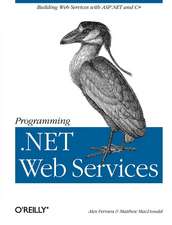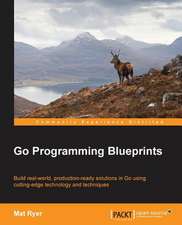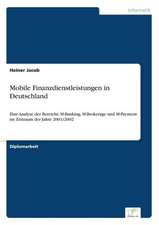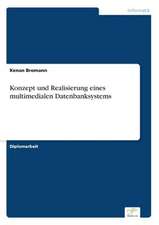Python 3 Object Oriented Programming
Autor Dusty Phillipsen Limba Engleză Paperback – 18 iul 2010
If you feel it's time you learned object-oriented programming techniques, this is the perfect book for you. Clearly written with practical exercises, it's the painless way to learn how to harness the power of OOP in Python.
Key Features
- Learn how to do Object Oriented Programming in Python using this step-by-step tutorial
- Design public interfaces using abstraction, encapsulation, and information hiding
- Turn your designs into working software by studying the Python syntax
- Raise, handle, define, and manipulate exceptions using special error objects
- Implement Object Oriented Programming in Python using practical examples
Book Description
Object Oriented Programming is a very important aspect of modern programming languages. The basic principles of Object Oriented Programming are relatively easy to learn. Putting them together into working designs can be challenging.
This book makes programming more of a pleasure than a chore using powerful Python 3 object-oriented features of Python 3. It clearly demonstrates the core OOP principles and how to correctly implement OOP in Python.
Object Oriented Programming ranks high in importance among the many models Python supports. Yet, many programmers never bother learning the powerful features that make this language object oriented.
The book teaches when and how OOP should be correctly applied. It emphasizes not only the simple syntax of OOP in Python, but also how to combine these objects into well-designed software.
This book will introduce you to the terminology of the object-oriented paradigm, focusing on object-oriented design with step-by-step examples. It will take you from simple inheritance, one of the most useful tools in the object-oriented programmer's toolbox, all the way through to cooperative inheritance, one of the most complicated. You will be able to raise, handle, define, and manipulate exceptions.
You will be able to integrate the object-oriented and the not-so-object-oriented aspects of Python. You will also be able to create maintainable applications by studying higher level design patterns. You'll learn the complexities of string and file manipulation, and how Python distinguishes between binary and textual data. Not one, but two very powerful automated testing systems will be introduced to you. You'll understand the joy of unit testing and just how easy they are to create. You'll even study higher level libraries such as database connectors and GUI toolkits and how they apply object-oriented principles.
What you will learn
- Implement objects in Python by creating classes and defining methods
- Separate different objects into a taxonomy of classes, and describe the properties and behaviors of those objects via the class interface
- Design public interfaces using abstraction, encapsulation, and information hiding
- Turn your designs into working software by learning the Python syntax
- Share implementation using inheritance
- Add functionality to the existing classes and built-ins using inheritance
- Share similar code between classes by abstracting it into a parent class
- Raise, handle, define, and manipulate exceptions using special error objects
- Understand when to use object-oriented features, and more importantly when not to
- Learn what design patterns are, and why they are different in Python
- Uncover the simplicity of unit testing and why it's so important in Python
- Utilize common Python 3 modules, libraries, and frameworks
Preț: 307.50 lei
Preț vechi: 384.37 lei
-20% Nou
58.85€ • 63.90$ • 49.43£
Carte tipărită la comandă
Livrare economică 22 aprilie-06 mai
Specificații
ISBN-10: 1849511268
Pagini: 404
Dimensiuni: 191 x 235 x 21 mm
Greutate: 0.69 kg
Editura: Packt Publishing Limited





















